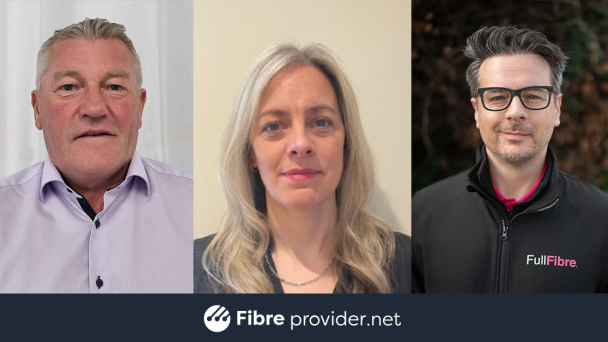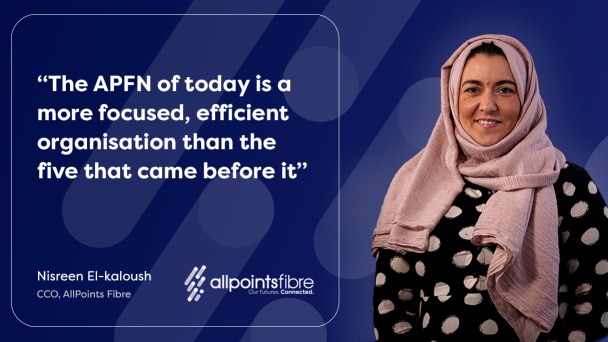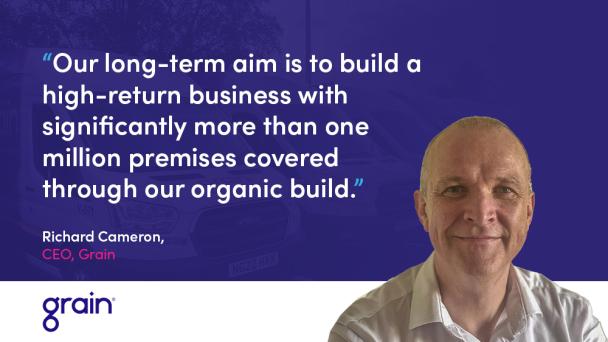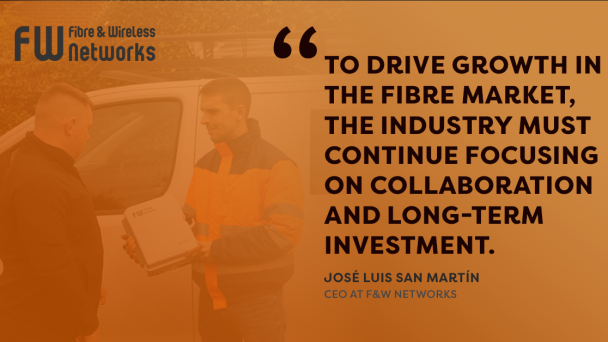2025 has proved a pivotal year for AllPoints Fibre Networks (APFN), with the completion of its consolidation programme and the launch of its wholesale fibre platform reflecting the full transformation of disparate retail ISPs and network builders into a scaling wholesaler. Here, CCO Nisreen El-kaloush lays out the post consolidation priorities for APFN as well as its long-term ambitions in the fibre sector.

Better understanding the needs of Local Authorities (LA) will be key for altnets looking to build mutually productive partnerships. At their most effective, these public/private relationships accelerate the provision of fibre, whilst supporting the councils’ ambitions of economic growth and social inclusion. However, LAs and how they operate are informed by unique goals and challenges, dictating what aspects of digital infrastructure they are motivated by. Therefore a tailored approach, with deep collaboration prioritised from the early stages can be the most beneficial.
Joanne Green, Head of Public Sector at Neos Networks states: “Different regions have different requirements. Some local authorities have the goal of creating a smart city, others are focused on bringing high-speed connectivity to their regions and others have the aim of better connecting public sector buildings.” She gives examples of the different requirements of three local authorities Neos has worked with. For Perth and Kinross, the priority was become one of Europe’s ‘great small cities’. Aberdeenshire was looking to improve the delivery of public services, and In Oxfordshire, residential and business regions were targeted. By understanding the motivating factor of each LA, Neos were able to engage council members and tailor their rollout.
This provides a platform to educate a LAs representatives on the wider benefits of full fibre that they may not have considered. Many may not see past the issues directly affecting their role. ITS’ head of Public Sector Andy Bell noted: “Early engagement and education on the importance of digital transformation and the long-term benefits for the local authority are crucial. Collaboration from the very early stages gives partners the opportunity to really dig into the art of the possible’ which helps to shape plans for the long term.” ITS has a strong track record of working with local authorities and the public sector. It signed the first UK concession agreement with Hammersmith and Fulham, and has forged joint venture partnerships with Liverpool City Region Combined Authority to form LCR Connect, and DG Cities, the Royal Borough of Greenwich’s Innovation Company to form Digital Greenwich Connect.
Bell noted that these are most successful where local authorities are educated on the benefits and are therefore fully engaged. This can ensure help with the mechanics of the rollout as well as support around the uptake of the services and the future outcomes delivered by the infrastructure. He said: “Practically this can play out in several ways. ITS has forged asset shares with the local authority, reusing existing infrastructure such as CCTV ducts and tramlines to build full fibre. We have also forged joint venture partnerships which involve deep collaboration, forming a commercial entity to ensure the long-term future of the collaboration, while 50% of the returns will be channelled directly to the council to support its objectives.”
FullFibre’s Head of Public Sector Procurement and Engagement Matt Smith echoes the benefits that come from an engaged local authority. Full Fibre itself works with altnets at three different levels. It firstly liaises with Highway Authorities, who have an impact on road closures and dictate the pace of FullFibre’s build. Secondly, the altnet builds relationships with Planning Authorities, typically in County or District Council. Smith said: “Typically they’re on board with the rollout of full fibre, and our works are covered by permitted development legislation. On occasion though, different Local Authorities interpret the rules in different ways, which can be a challenge.” Lastly FullFibre works with Elected Representatives who can champion the service for the community. These relationships were tested during FullFibre’s collaboration with Herefordshire Council and Gloucestershire County Council.
Smith also highlighted the challenges that have come from Local Authorities losing their dedicated broadband teams through either the centralisation of services or cuts. He said: “They would act as intermediaries between the various parts of the LA and broadband operators, like us. They were extremely useful: breaking down barriers and getting us around the right tables and talking to the right people. They’ve disappeared from some areas, and that single move has created a big difference between Local Authorities.”
Having a strong relationship based on mutual understanding also enables an altnet to be more dynamic in its build. Smith added: “It’s a fact for every altnet that no build ever goes completely to plan. We don’t build like other utilities, and long-term forward plans are always susceptible to change when challenges are uncovered which have upstream dependencies. This makes it difficult to provide certainty on what is coming up in our build programme and when. We often need to be agile in how we build out our network and it’s the ebb and flow of this where friction can be created. So the ability to have good relationships, means you all accept and acknowledge the journey, and that the benefits are long-term and outweigh the longer-term disruption.”




